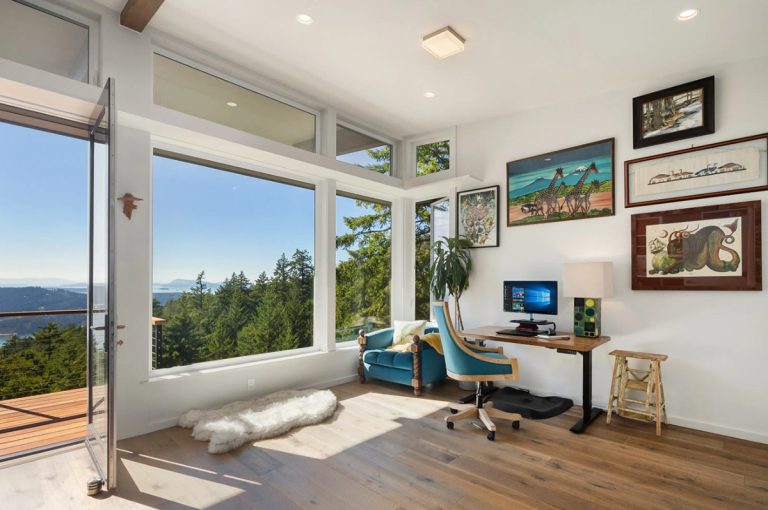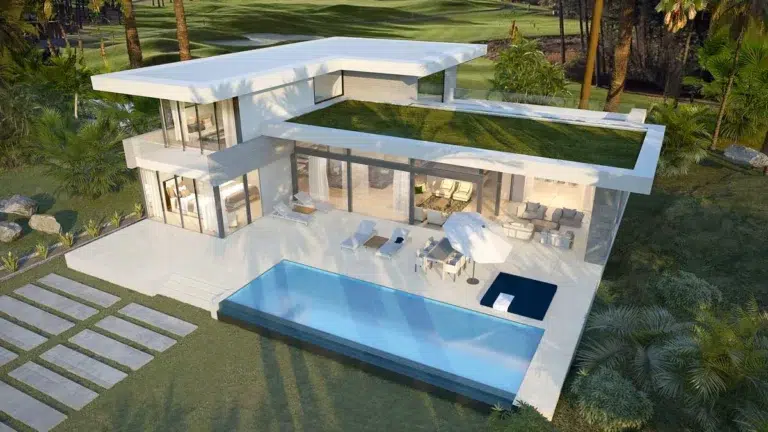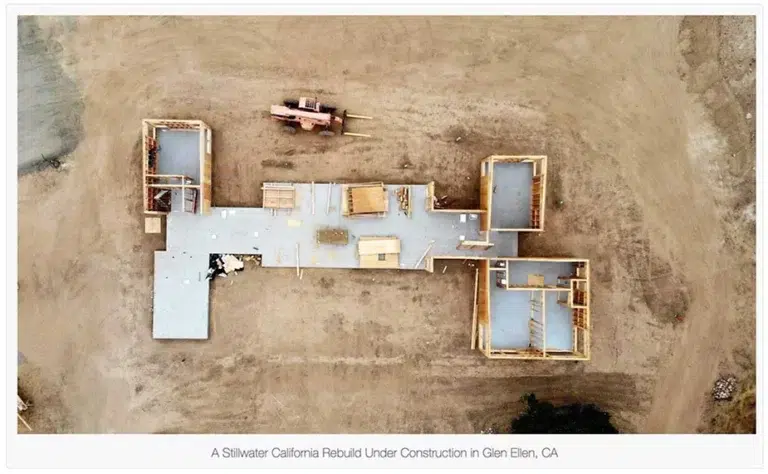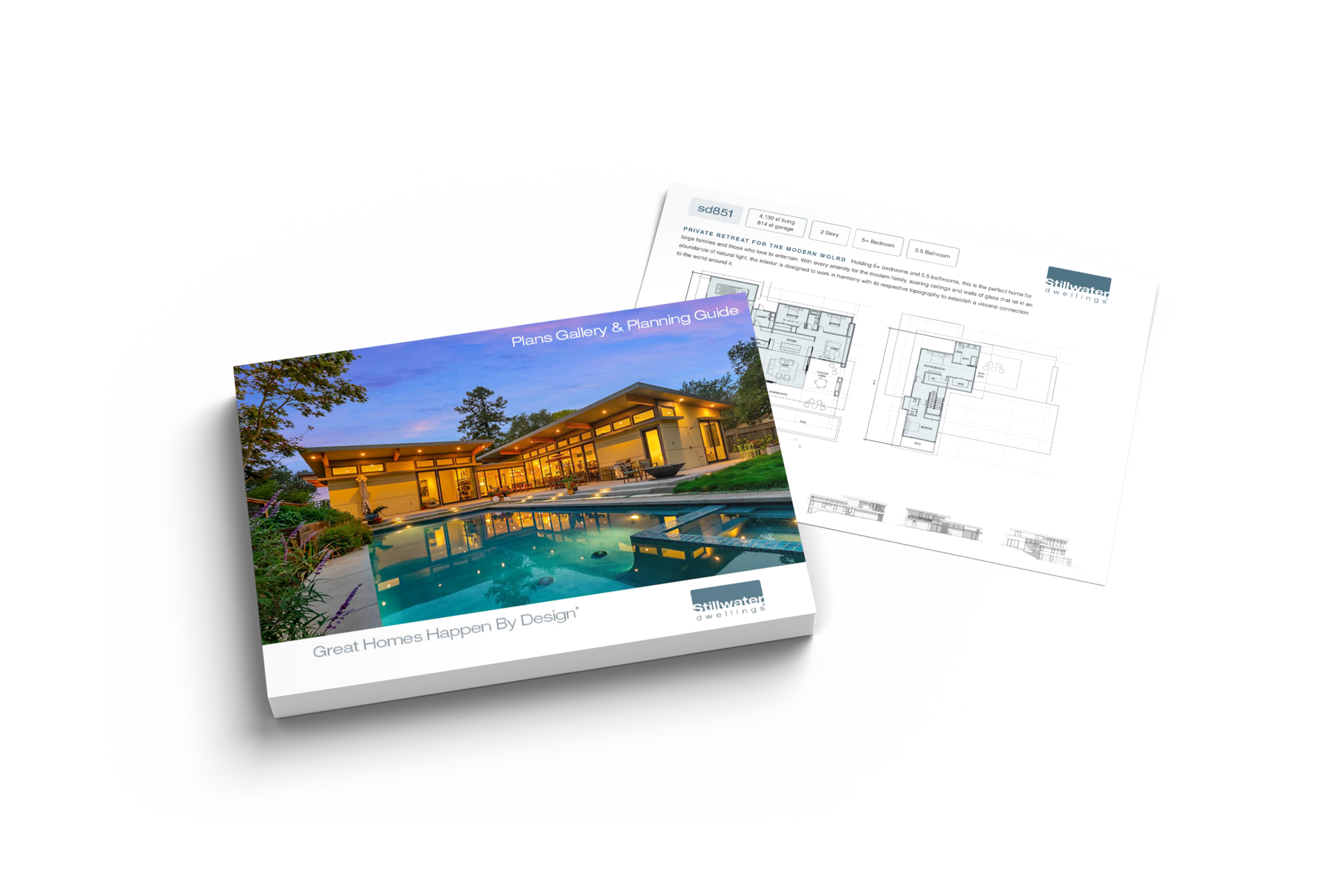Prefab homes have been around for nearly 100 years, so why are they suddenly becoming more popular? The home construction industry has been facing increasing challenges over the past few years that have created the perfect storm propelling prefabricated homes into the spotlight. Here are some of the main factors driving this movement:
- An increasing need for shorter construction schedules with tighter budgets
- Increased demand for eco-friendly home designs and construction solutions
- A skilled labor shortage that continues to decline
- A widely documented lack of productivity in construction
One misconception about the movement toward prefab is that the entire process should be led by the technology that makes it an ideal solution to today’s construction shortfalls. At first thought, this seems logical, however, it is precisely the reason some prefab manufacturers have struggled. The entire construction industry has been built on a foundation of traditional practices, albeit practices with inherent inefficiencies. The technology behind prefabrication improves the overall quality and process by eliminating some of these inefficiencies; however, relying solely on technology without the traditional knowledge base to ground the process, cannot succeed.
Part of the success of Stillwater Dwellings can be attributed to these key elements:
- Our experienced background in traditional architecture, construction, and engineering
- Working knowledge of local codes and regulations where the homes will be located
- The understanding of how advanced technologies help to benefit an architecture/construction project while using our traditional knowledge base to ensure a successful completion of each home.
Additionally, we work directly with our manufacturing company, Stillwater Building Systems based in Reno, NV, to create the best design and construction solution for each client. Developing prefab components with our own manufacturing facility provides us with greater control over the quality and process.
If the last few years are any indication, we will continue to see a significant shift towards prefabricated homes. The construction industry will need to continue to evolve into a more automated and efficient process to maintain pace with increasing demands. It’s one of the very last industries to make this transformation, but those who decide to go with prefab will likely avoid the pitfalls that are likely to arise from choosing a traditional approach that is facing increasing challenges.
